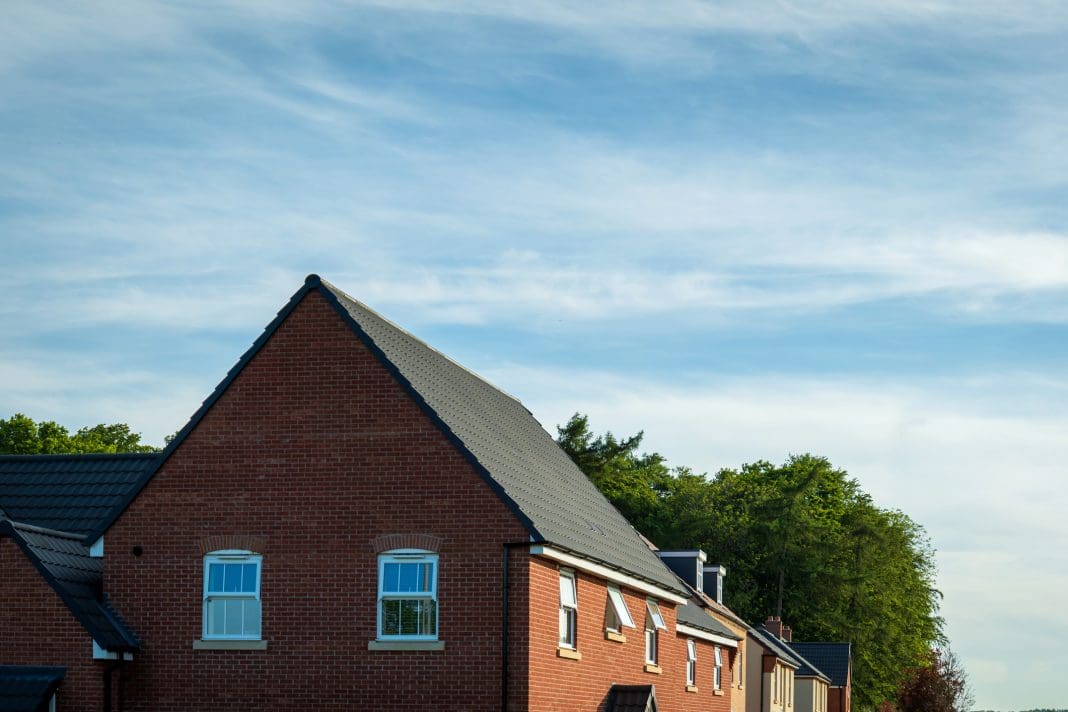To understand the challenges of The Future Homes Standard, Harwood Building Control surveyed industry professionals to find out how changes to Parts F, L, O, and S are affecting their projects
The Future Homes Standard aims to significantly change the building industry by implementing new regulations that promote sustainability and reduce carbon emissions.
Survey insights on regulation understanding and hurdles
The Future Homes Standard study indicates that 55% of professionals working in architecture and building design have found responding to the new regulations challenging or extremely challenging.
Among the changes that have already come into effect, Part O (overheating) and Part S (infrastructure for charging electric vehicles) were particularly challenging, with over 40% of respondents indicating that they had little or no understanding of the new regulations.
Part L (conservation of fuel and power) and Part F (ventilation) fared better, but still, close to 30% of respondents expressed similar apprehensions.
Adapting to these changes, a significant proportion of architects and designers have had to redesign existing projects to meet the new regulations.
This has raised concerns over potential project delays and escalating costs for clients.
Concerns and confusion in the industry
The Future Homes Standard’s compliance deadline is less than a year away, and the results of a recent survey suggest that the construction industry is worried about the complexity of the new system and the lack of official communication.
Delays in government consultations on the Standard, including the current one in progress, may have contributed to these concerns and confusion.
The upcoming election has increased uncertainty about the potential impact of construction and housing legislation on environmental issues and the likelihood of additional regulatory changes.
Need for upskilling and expert support
Following the passage of The Future Homes Standard legislation in 2025, a series of further amendments will apply to all new homes, underscoring the need for the housing industry to rapidly upskill and seek the proper expert support to ensure compliance.
Architects, designers, and contractors will require specialised assistance navigating this transitional period and mitigating delays, overruns, and financial impact.
Recommendations for adapting to industry changes
As an experienced building control expert, Adam Dodd, operations director at Harwood Building Control, comments on the impact of the regulation changes on the industry:
“As an industry, we appreciate that changes in regulations are important – it’s vital that we deliver an improved outcome for the environment and new house buyers. The challenge as an industry is upskilling in order to deliver and the fact that any delays always increases the risk of spiralling costs.
“I always recommend partnering with a good and reputable building control provider who has vast knowledge and expertise in all elements of construction, fire safety, statutory legislation, and standards.”
Navigating compliance challenges
The survey has indicated that the building industry requires upskilling and expert support to comply with The Future Homes Standard.
By providing appropriate guidance and assistance, architects, designers, and contractors can meet the new regulations and achieve better outcomes for the environment and new homebuyers.

















